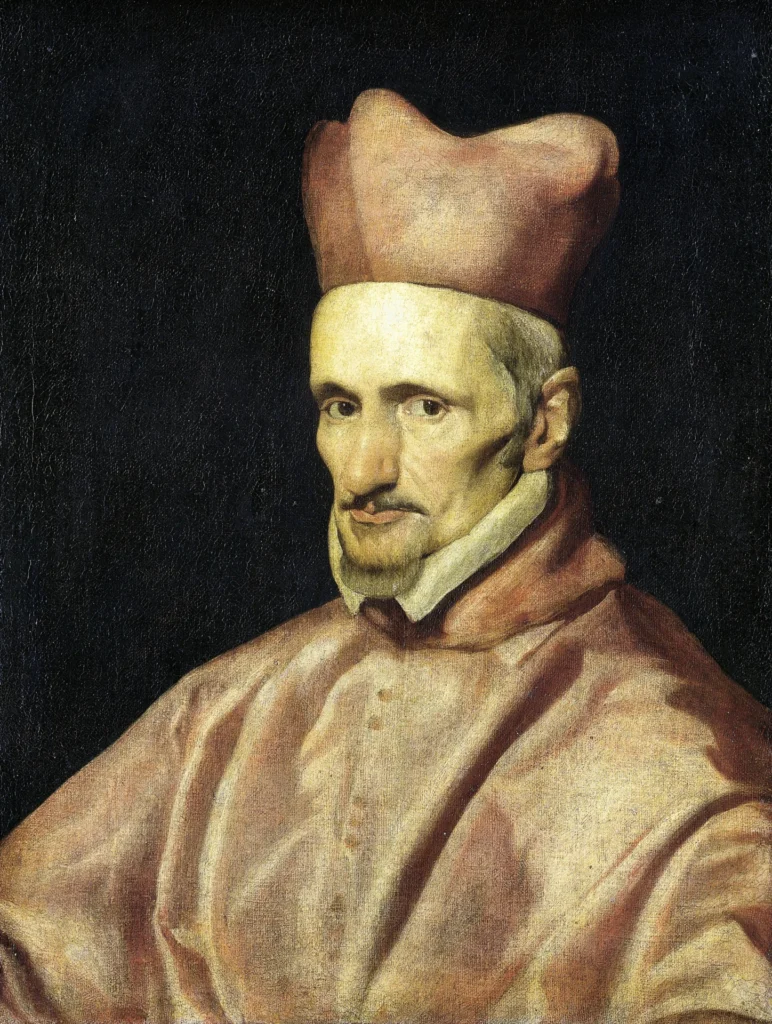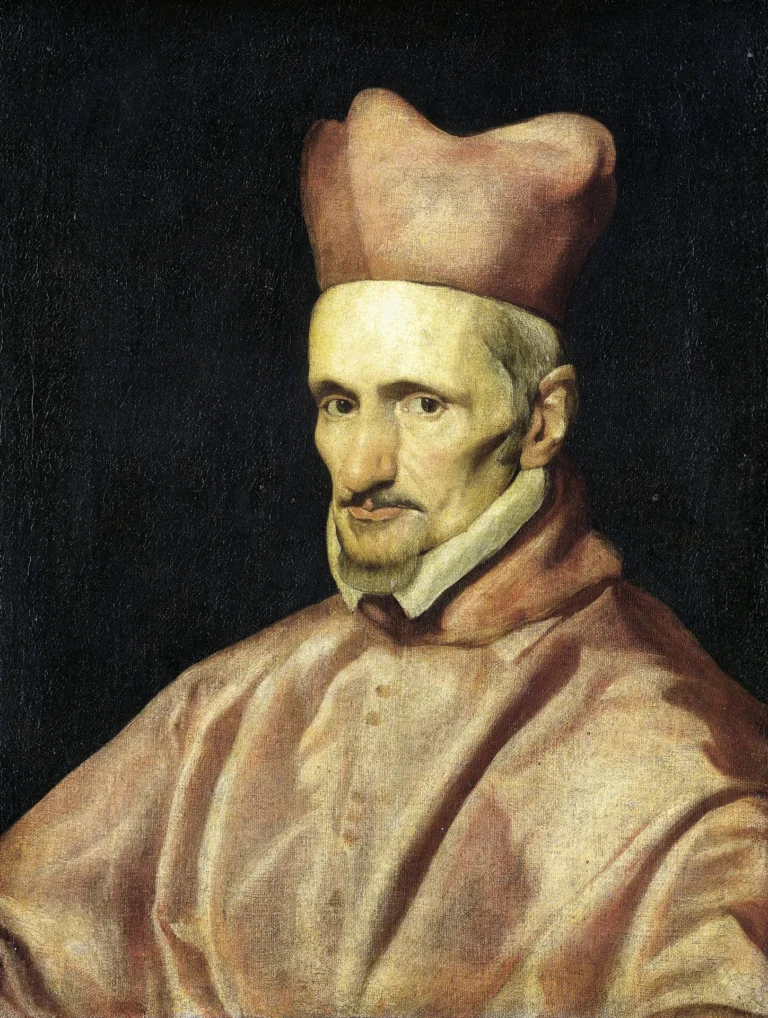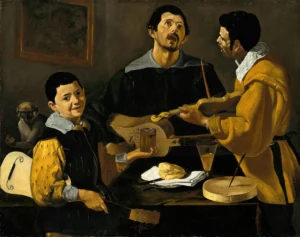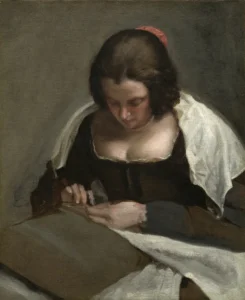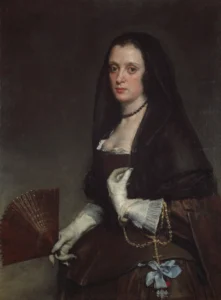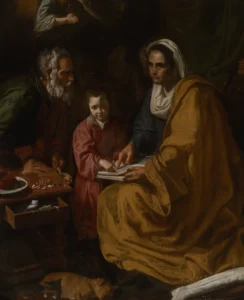Portrait of Cardinal Gaspar de Borja y Velasco (1643 – 1645)
Diego Velázquez’s portrait of Cardinal Gaspar de Borja y Velasco, painted around 1643, reflects the profound influence of the Cardinal within the Roman Catholic Church. Not only did he hold the prestigious title of Archbishop of Toledo, but he was also a significant player in the Church's political arena. This artwork exemplifies Velázquez's talent for capturing likeness and character, showcasing the elegance and authority of the subject, with remarkable attention to detail that speaks to the era's artistic standards.
Around 1643
About the Artwork
The portrait of Cardinal Gaspar de Borja y Velasco was created during a pivotal time in both the life of the Cardinal and in Spanish art history. Cardninal Borja belonged to the influential House of Borgia, famed not just for its ecclesiastical prominence but also for its entwinements with politics. His high-ranking positions in the Church allowed him to influence decisions affecting both spiritual matters and the sociopolitical landscape of the time. Velázquez, already an acclaimed artist by this period, was granted the opportunity to immortalize such an eminent figure, thereby allowing the Cardinal's legacy to endure long after his death. Velázquez's technique in this portrait effectively captures not only the physical likeness of Borja y Velasco but also conveys his gravitas and authority, a testament to the artist's exceptional skill in portraying complex personalities.
Did You Know
The House of Borgia was one of the most infamous noble families during the Renaissance, heavily involved in the politics of the Vatican and known for its connection to the papacy, which influenced the power dynamics within the Church.
Velázquez is celebrated for his ability to convey emotions and character through brushwork and composition, notably using techniques such as chiaroscuro, which adds depth and realism to his portraits, making them stand out in Spanish Baroque art.
Gaspar de Borja y Velasco was known not only for his clerical responsibilities but also for his education, having studied in various prestigious institutions, which contributed to his eloquence and capability in navigating the complexities of ecclesiastical politics.
Liked what you see? Add it to your collection.
Enjoyed reading? Share it.
... continued
The portrait of Cardinal Gaspar de Borja y Velasco
This portrait is dated to around 1643, during the period when Borja was a significant figure in the Roman Catholic Church and held various high-ranking positions, including being the Archbishop of Seville and later the Archbishop of Toledo.
The portrait is one of the notable works of Velázquez, capturing the likeness and stature of Cardinal Borja y Velasco, who was a member of the influential House of Borgia (or Borja in Spanish) and played a crucial role in both ecclesiastical and political spheres of his time.




